As entertainment properties become increasingly spatialized and nonlinear, spreading across diverse platforms, contexts, and modes, how might they benefit if the ways in which they are developed were to undergo similar changes? What alternative approaches exist to the traditionally linear and “siloed” processes of conceptualizing and iterating narrative storyworlds? Is it always appropriate that an entertainment property should begin with a book, script, bible, or treatment and only proceed into design and visualization once preproduction is underway? Or could story material be developed in concert with the kinds of research, visualization, fabrication, and contextual exploration typically associated with production design? In short, how can production itself be a part of development? How can design fiction and visual/conceptual “worldbuilding” create the context for story, rather than the other way around?
These and other questions were at the heart of “Imaginary Worlds: Exploring the Unknown,” a panel and two day studio workshop held at Berlinale Talents, the annual summit and networking platform of the Berlin International Film Festival. Using a modified and extended version of the creative process framework developed for the 2015 Science of Fiction conference, our panel and workshop sessions explored new ways of structuring collaborations across media arts disciplines so as to imagine and visualize a fictional storyworld. Over the course of two intensive 4-5 hour sessions, our team, consisting of production designer Alex McDowell, educator and process architect Bruno Setola, transmedia artist Juan Diaz, and myself, led 25 designers, writers, directors, and other invited talents through a creative process exploring and developing the storyworld of Rilao, a fictional island nation in the South Pacific.
The result of this collaboration was five “deep dives” into various eras of Rilao, each illustrated with dozens of designed artifacts, images, place descriptions, characters, and story elements. Each deep dive coalesced around a “central disruptor,” or “story magnet” — a place or situation that participants identified as being especially rich in narrative potential — and radiated outward, bringing together elements of the world’s imagined histories, presents, and futures. Participants developed these elements through the play of an imagination game and the engagement in a secondary process that focused on elaborating upon and finding the connective strands among the diverse ideas generated by the game. As the whirlwind of creation drew to a close, the materials produced by participants were gathered together into an archive which will be integrated into the broader Rilao world-build.
For more on the philosophies behind this process, and how it might relate to emerging methodologies in domains ranging from entertainment development to education and social innovation, please watch our panel, here:
Special thanks to Romke Faber, Florian Weghorn, Andrea Rieder, and all the Talents, without whom none of this could have happened.
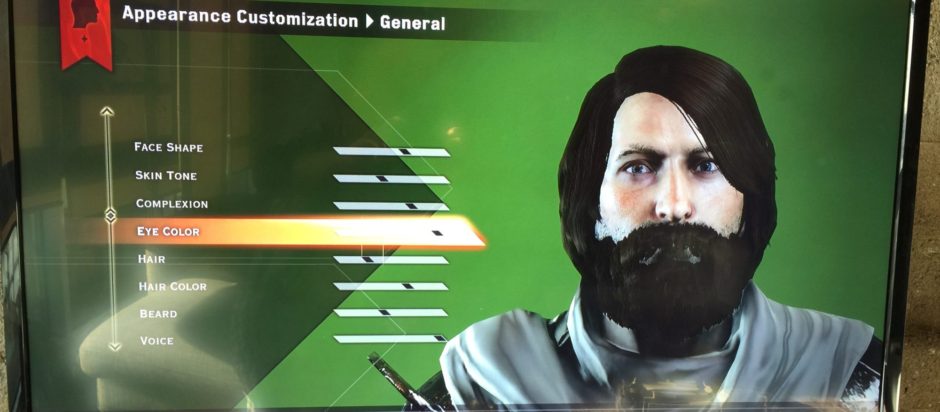
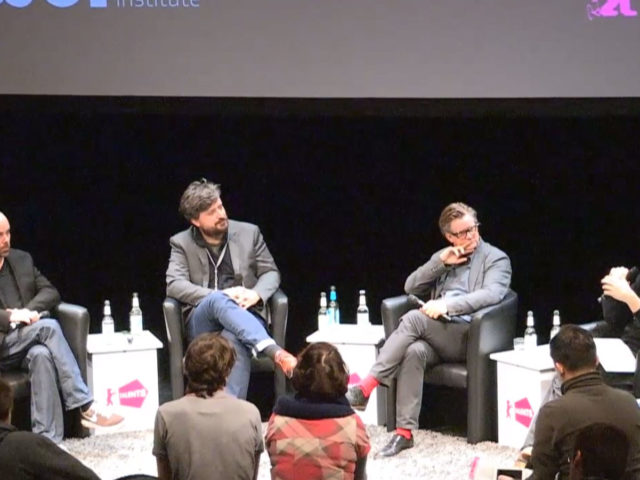
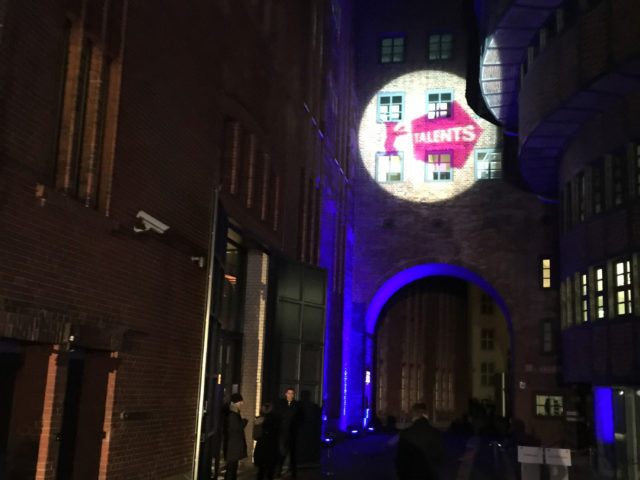
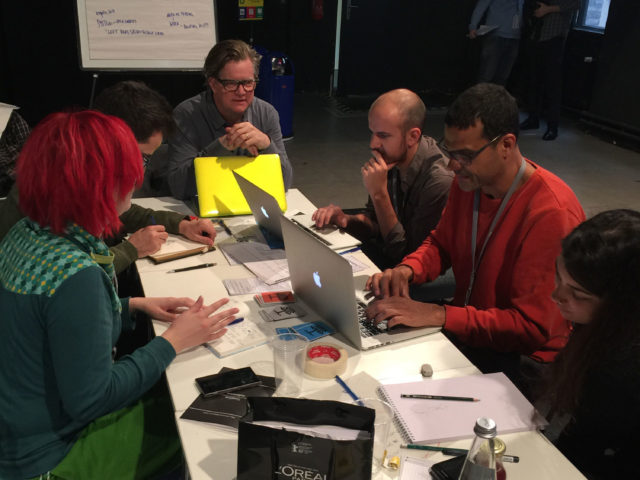

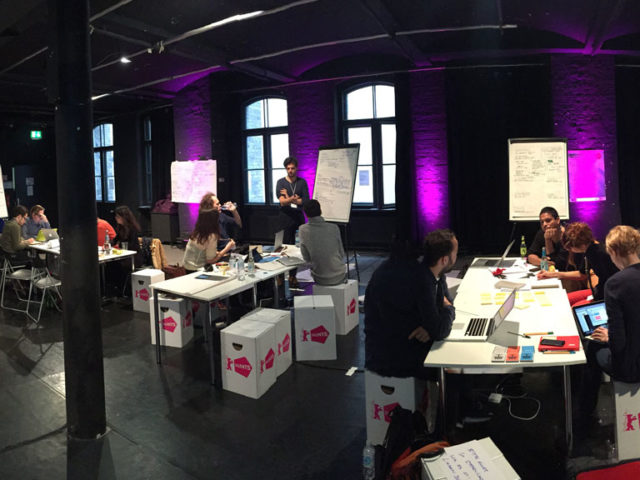
A few pics and notes from our panel and workshop at @berlin_talents http://t.co/DhqDb5hyVW
RT @remotedevice: A few pics and notes from our panel and workshop at @berlin_talents http://t.co/DhqDb5hyVW
Worldbuilding at Berlinale Talents 2015 http://t.co/vLrIPzc3Fj
RT @remotedevice: A few pics and notes from our panel and workshop at @berlin_talents http://t.co/DhqDb5hyVW